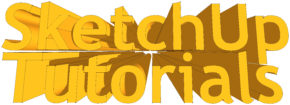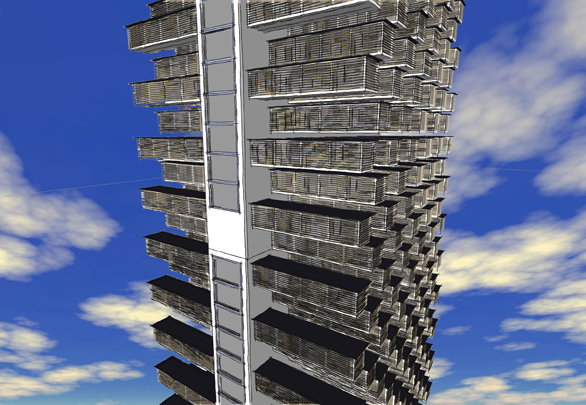If you are new to Artlantis and the process to create renderings from a SketchUp model, this Tutorial will takes you through the basics and gets you ready to work on your own projects. The topics discussed are Importing a Sketchup file, Cameras, Sun, Materials, Environment, Lights and Render. This is a perfect primer for your Artlantis needs. Tutorial Excerpt: SketchUp to Artlantis The Beginning Let’s take a simple SketchUp model with some colored boxes, a plan and a texture…there you are, the stage is set. Basic Model To…
Tag: SketchUp Tutorials
SketchUp Photo Match Tutorial
Photo Match is a useful tool when putting your models into a context, however do not expect extraordinary results. If a structure you are looking to photo match has a large amount of landscaping, you will see the branches, shrubbery and anything in the foreground of the photo you are using will appear on the structure. Also, if the photo is not of high quality it will show on the model. These photo matched models are best used in the background where they can’t be scrutinized too heavily. If the…
SketchUp AutoCAD Import Tutorial
Importing an AutoCAD .dwg into SketchUp is a very useful technique when working with floor plans and elevations. This video goes through the basics and solves a few common problems that arise when importing CAD Files. To allow the import to go as smoothly as possible, remember to “Dumb” down the CAD file before you import it. Remove any unused layers, remove any extra drawings that you won’t need and explode any blocks. If you are using AutoCAD Architecture, make sure you explode all smart walls. Once the file is…
SketchUp Sequence Animations
This Tutorial walks you through how to create a Construction Sequence using SketchUp animation. I have used this technique to show different design concepts and ideas for various portions of building. Using this to highlight certain areas and feel of a particular space. It is also useful in layering conceptual ideas within a built space.
SketchUp Tower, Basic Techniques
Using SketchUp to review a design concept, it is easy to use your final results for graphic and presentation material. Adjusting the “Styles” within SketchUp, allows you to change the line types (in this case “Sketchy”), and add a sky background.


